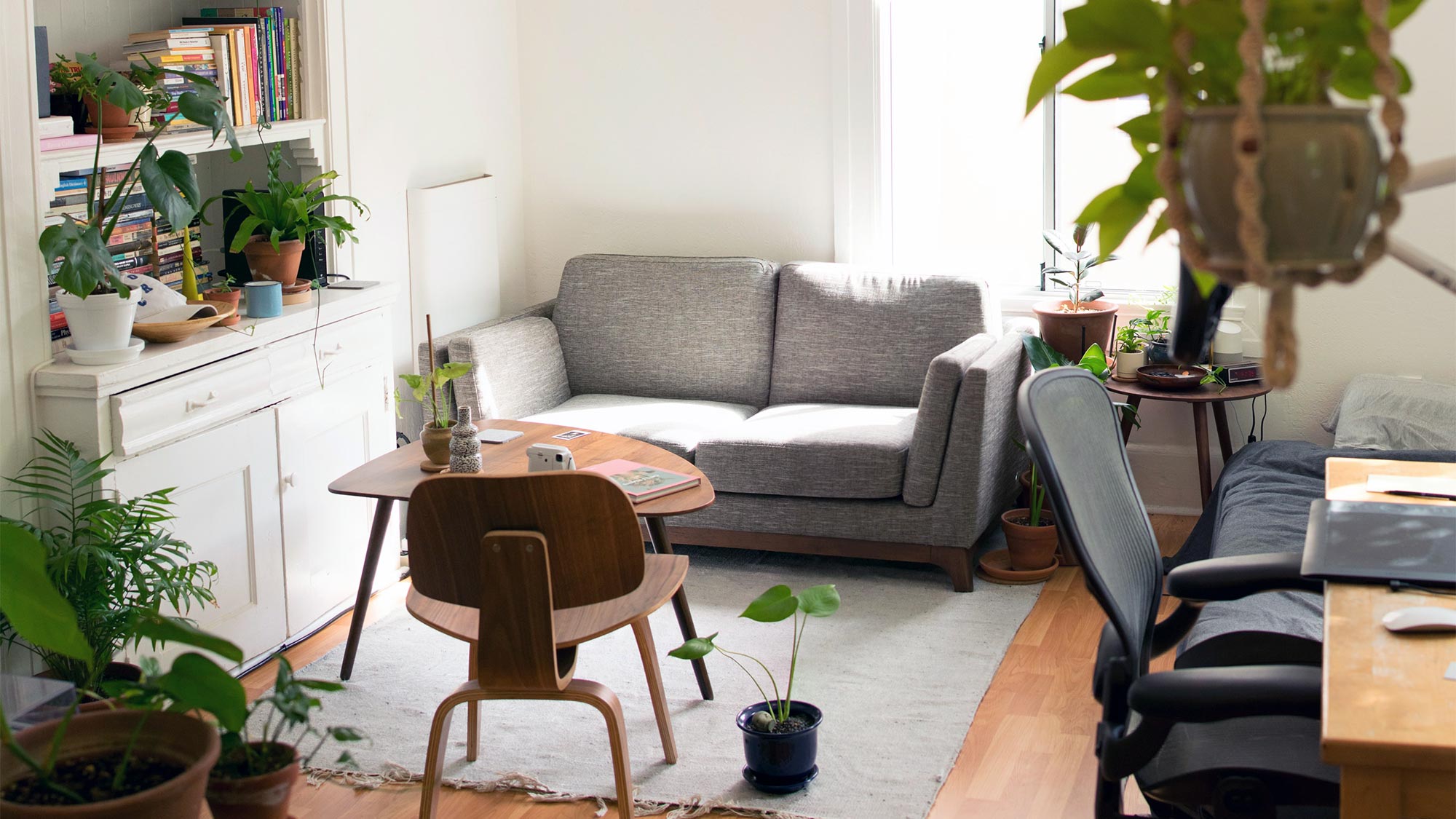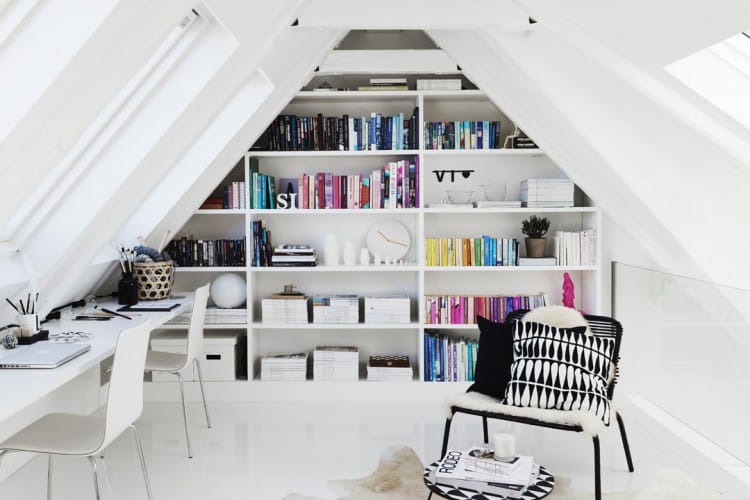

Small home renovation projects offer fantastic opportunities to maximize space and style on a budget. A well-planned renovation can completely transform your living area, creating a more functional and aesthetically pleasing environment. This article explores practical strategies to transform small spaces into beautiful and functional homes without emptying your pockets. We’ll delve into various aspects of budget-conscious renovations, offering actionable tips for DIY projects and strategies for engaging professionals. The following sections will cover essential planning, choosing affordable materials, and maximizing storage space for a beautiful and functional outcome.
Planning Your Small Home Renovation
Defining Your Needs and Vision
Begin by carefully assessing your needs and defining a clear vision for your small home renovation. What are your primary goals? Do you desire more storage space, a more open layout, or a specific aesthetic update? Consider your lifestyle and how you use different areas. For instance, if you entertain frequently, perhaps a more open-plan design is best, while a home office would benefit from thoughtful storage solutions. Create a detailed checklist to ensure you cover all your bases, from essential repairs to desired upgrades. This proactive approach ensures your renovation fits your long-term goals and provides a tangible roadmap for success. Research similar spaces and visualize how the changes can affect your day-to-day activities. For example, how would a new storage system in the kitchen impact your workflow?
Establishing a Realistic Budget
Creating a budget is paramount to successful small home renovation. Determine your spending limits for materials, labor (if applicable), and unforeseen expenses. Thoroughly research material costs and compare prices from various suppliers. Don’t overlook potential costs for permits and inspections. Research similar renovations to get an understanding of the potential expense range. Consider splitting larger projects into phases, and allocate specific budgets to each. For example, focusing on one room in the first phase will save money and avoid overspending.
Choosing Affordable Materials
Exploring Budget-Friendly Alternatives
Look for budget-friendly alternatives to expensive materials. Instead of premium hardwood, consider laminate flooring or vinyl alternatives. These options offer similar aesthetics at a significantly lower cost. Recycled or reclaimed materials can be unexpectedly beautiful and often considerably cheaper than new materials. When choosing paint, opt for durable and neutral colors which will enhance the sense of space, for example, light grays or beige.
Smart Storage Solutions
Maximizing storage is crucial in small homes. Explore innovative storage solutions like under-bed storage, wall-mounted shelves, and ottomans with hidden storage compartments. Vertical space is your friend! Consider using tall, narrow furniture pieces to make the most of vertical space, without compromising on style.
Maximizing Space
Open Floor Plans
Open floor plans are a popular choice for maximizing space in small homes. By removing walls between rooms, you create a sense of spaciousness and allow for better flow between areas. This technique is great for houses with limited natural light.
Multi-Functional Furniture
Multi-functional furniture pieces can significantly enhance the practicality of a small home. For example, sofa beds, storage ottomans, and desks with integrated storage systems offer practicality and style without sacrificing usable space. A small dining table that can be folded away or a bed with built-in storage solutions are useful design features to maximize the space.
Strategic Lighting
Effective lighting can significantly improve the feel of a small room. Use natural light sources by ensuring windows are unobstructed and maximizing the use of skylights. Strategically placed lighting fixtures, such as pendant lamps or strategically positioned wall sconces, can create focal points and highlight key areas.
Creative DIY Ideas
Simple Repainting Techniques
Repainting walls or cabinets can significantly change the appearance of a room at a relatively low cost. Choosing a light or neutral color can make a space feel brighter and more open. Simple DIY techniques, such as repainting kitchen cabinets or adding a fresh coat of paint to walls, can significantly transform the look and feel of a space. Consider how to incorporate new colors while keeping the neutral theme.
Inexpensive Home Decor
Incorporate affordable décor pieces, such as mirrors, artwork, or plants, to add a personal touch and interest to your small home. Mirrors, for example, can visually expand a space, while plants introduce a touch of nature and life into any room. Thrift stores and online marketplaces are great resources for finding unique and affordable pieces.
Professional Consultation
Seeking Expert Advice
While DIY projects can be rewarding and cost-effective, some tasks benefit from professional expertise. For example, electrical work or plumbing issues require licensed professionals for safety and compliance. Consider seeking advice from a designer or contractor for specialized tasks. This can avoid potential errors and ensure structural integrity. A professional can provide valuable insights into efficient space planning and material selection to maximize your budget and aesthetic. Don’t hesitate to discuss your vision and budget limitations to get a tailored plan.
Negotiating Prices
Don’t be afraid to negotiate with contractors or professionals. Many are willing to discuss options and potential ways to reduce costs while maintaining quality. Transparency about your budget is crucial for finding a solution that works for you.
Sustainability in Small Home Renovations
Eco-Friendly Choices
Consider using eco-friendly materials like reclaimed wood, recycled glass, or sustainable paints when undertaking your renovations. Prioritizing these choices can significantly reduce the environmental impact of your project. Recycled materials and furniture from charity stores can make your home renovation more environmentally friendly and economical.
Water Conservation Measures
Implementing water-saving fixtures and appliances can drastically lower water bills and contribute to environmental sustainability in the long run. These features enhance a renovated space and reduce the environmental impact. Look into high-efficiency showerheads or faucets.
Case Studies and Statistics
Success Stories
Numerous successful projects showcase the positive impact of thoughtful planning, innovative ideas, and a clear understanding of the renovation process. Many online resources offer project ideas, including images of the final product. Check blogs and social media platforms for further inspiration.
Statistical Insights
Consider data or statistics regarding cost savings, material comparisons, and the overall return on investment when pursuing your renovation. Statistics can help in making evidence-based decisions, which contribute to creating more beautiful and functional spaces. Explore if any government programs are available to support budget-friendly renovation processes.
Additional Tips and Tricks
Space Optimization Hacks
Look into clever ways of optimizing space by utilizing vertical space effectively, using multi-functional furniture, and implementing clever storage solutions like built-in cabinets or wall-mounted shelves. These optimization techniques help you make the most of small rooms.
Utilizing Natural Light
Maximize natural light by ensuring windows and skylights are clear and unobstructed to create a more spacious and airy feel. This will make a room look larger and more inviting.
Color Psychology in Small Spaces
Creating an Illusion of Space
Colors play a vital role in shaping the ambiance and perception of space. Light colors can visually expand a room, while darker colors can have the opposite effect. Choosing lighter shades of paint for walls and ceilings, such as pastels or whites, can help create a sense of spaciousness in smaller rooms.
Creating Visual Interest
Incorporating a range of textures and colors can add visual depth and interest to a small space. This can add contrast, sophistication, and a unique aesthetic without overwhelming the space.
Frequently Asked Questions
What are some budget-friendly small home renovation ideas?
Small home renovations don’t have to break the bank. Consider repainting walls with neutral colors, using affordable yet stylish flooring options like vinyl or laminate, and strategically maximizing storage space with shelving or multi-functional furniture. Decluttering and organizing existing items can also create a significant impact without spending a lot. Don’t underestimate the power of natural light; by ensuring windows and skylights are clean and unobstructed, you can make a room feel significantly more spacious.
How do I plan a small home renovation on a budget?
Creating a detailed budget is crucial. List out all expenses, from materials to labor, and stick to it as closely as possible. Explore DIY options for tasks you can handle yourself, which can save a considerable amount of money. Look for deals and discounts on materials, and consider using secondhand or salvaged items where possible. Seek professional advice for tasks you aren’t comfortable with, but negotiate rates and find skilled professionals who offer competitive pricing. Be realistic about your goals, and you’ll be able to transform your space without going into debt.
Can I add style to my small home on a budget?
Absolutely! Style doesn’t have to be expensive. Incorporate affordable accessories such as throws, cushions, and artwork to add personality and visual interest to your rooms. Use lighting strategically to create focal points and enhance the ambiance of different areas. Explore different decorating styles like Scandinavian or minimalist, known for their aesthetic appeal and cost-effectiveness. Don’t be afraid to mix and match patterns and textures to add visual depth and interest while staying within your desired aesthetic.
In conclusion, small home renovations are a fantastic way to maximize space and style while staying within budget. By strategically planning, choosing the right materials, and focusing on efficient solutions, you can transform your small space into a stylish and functional haven. Remember to prioritize your needs, stay within your budget, and enjoy the process. Consider a consultation with a designer or contractor if you need further guidance or want to explore advanced techniques. Let the transformation begin!